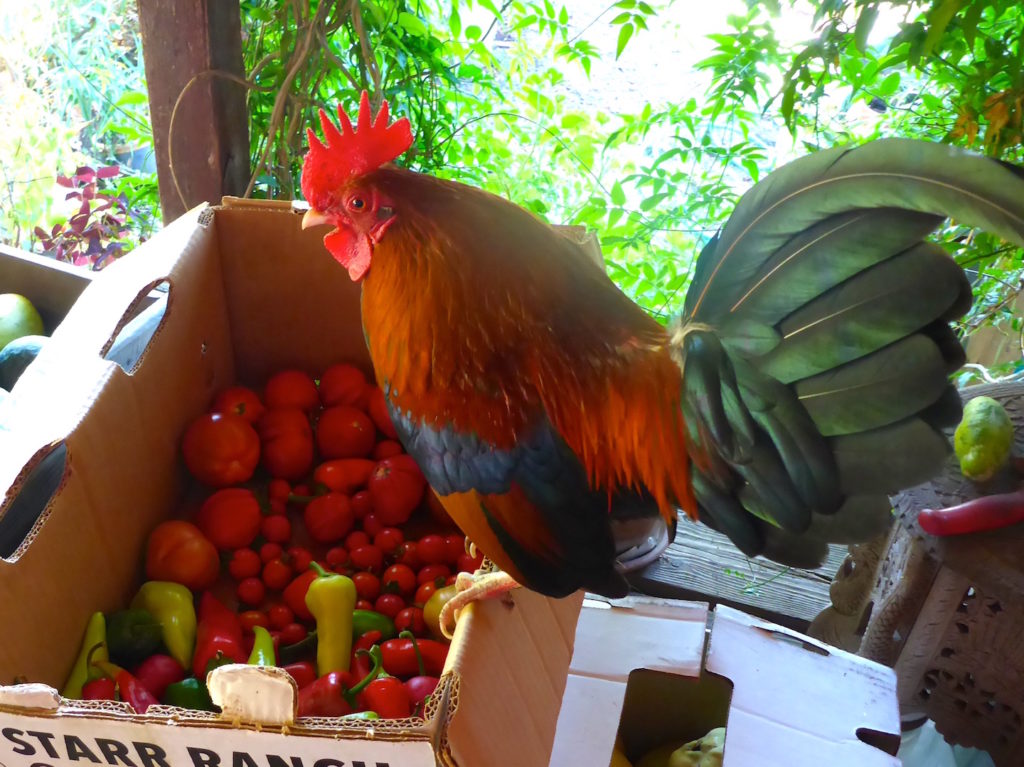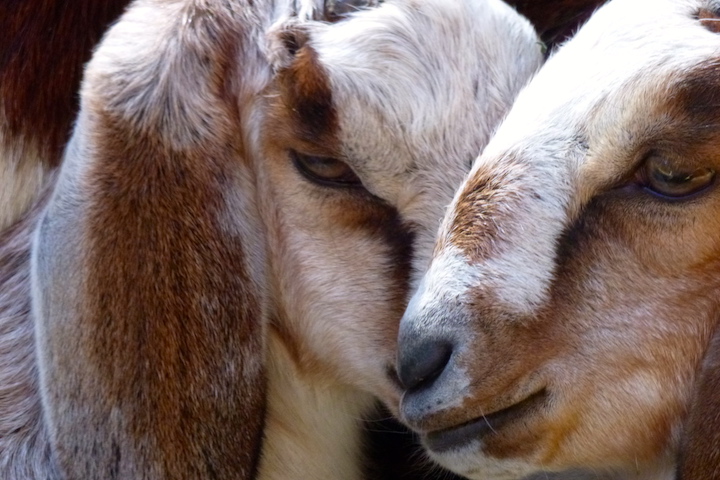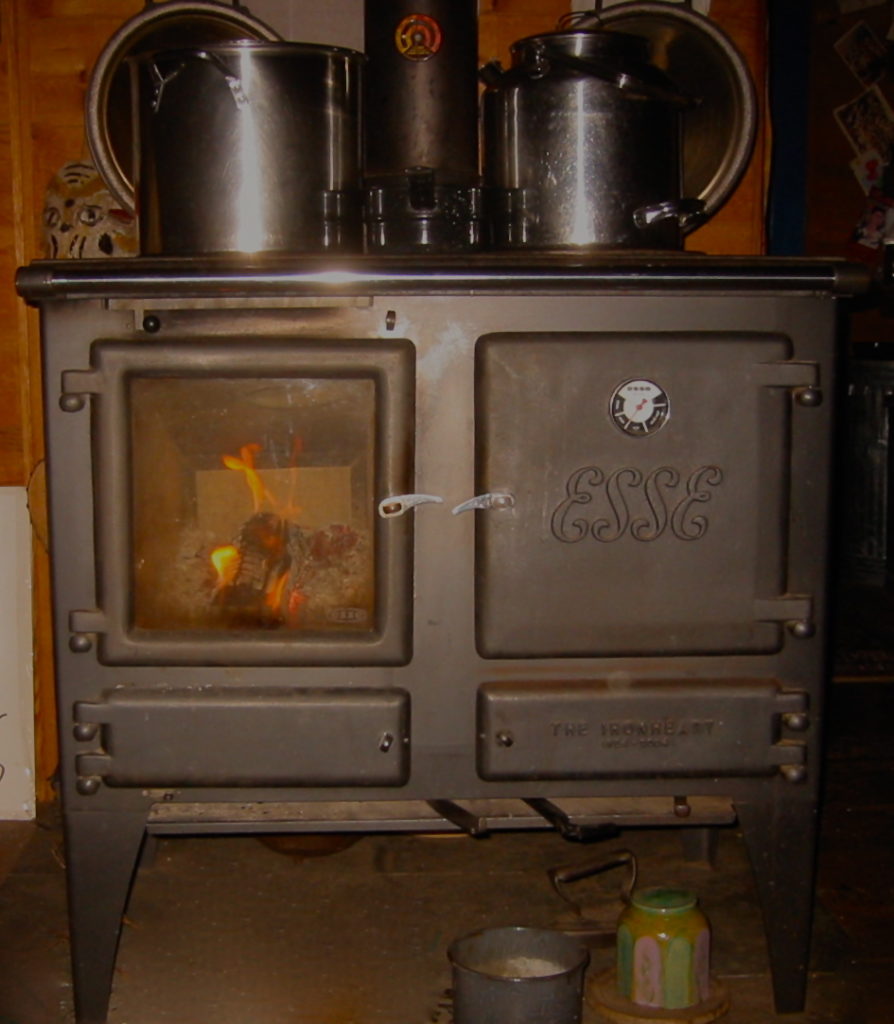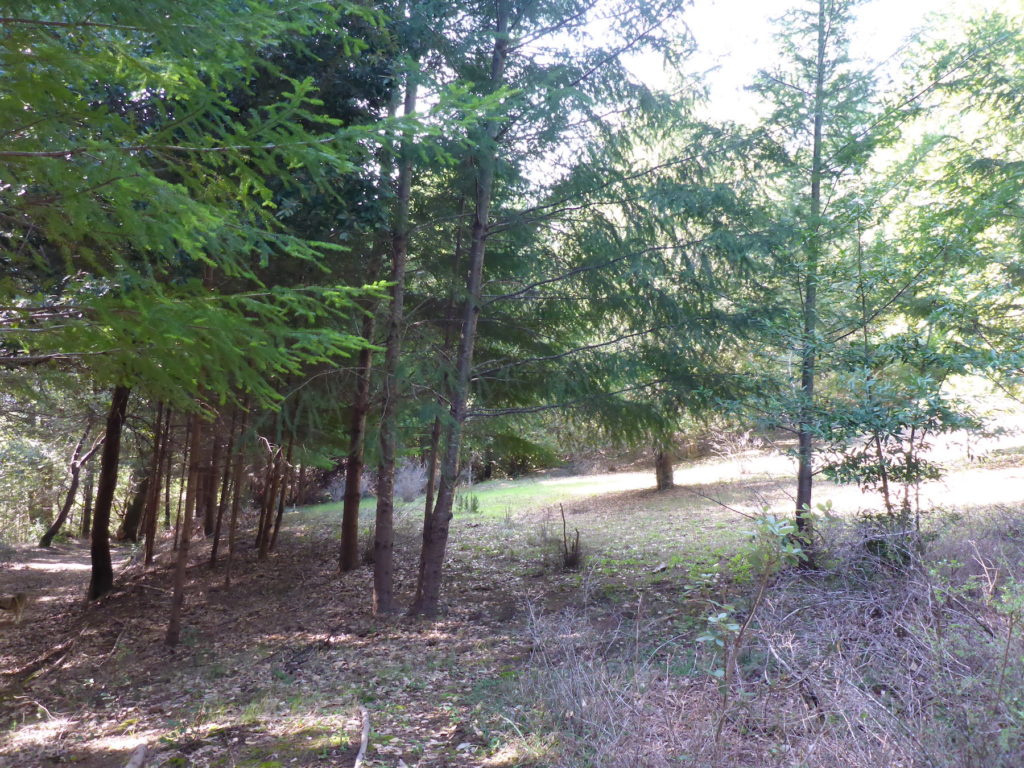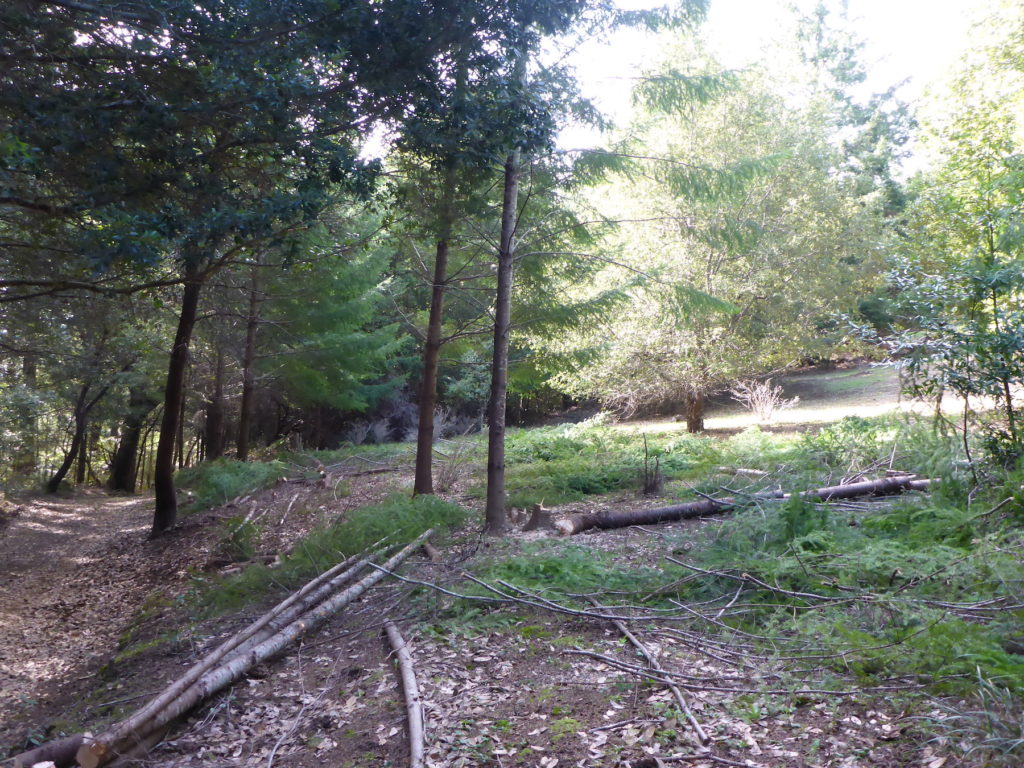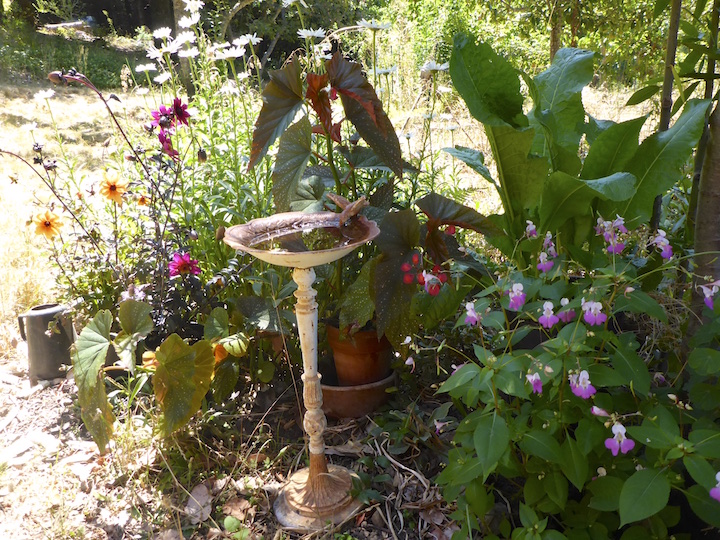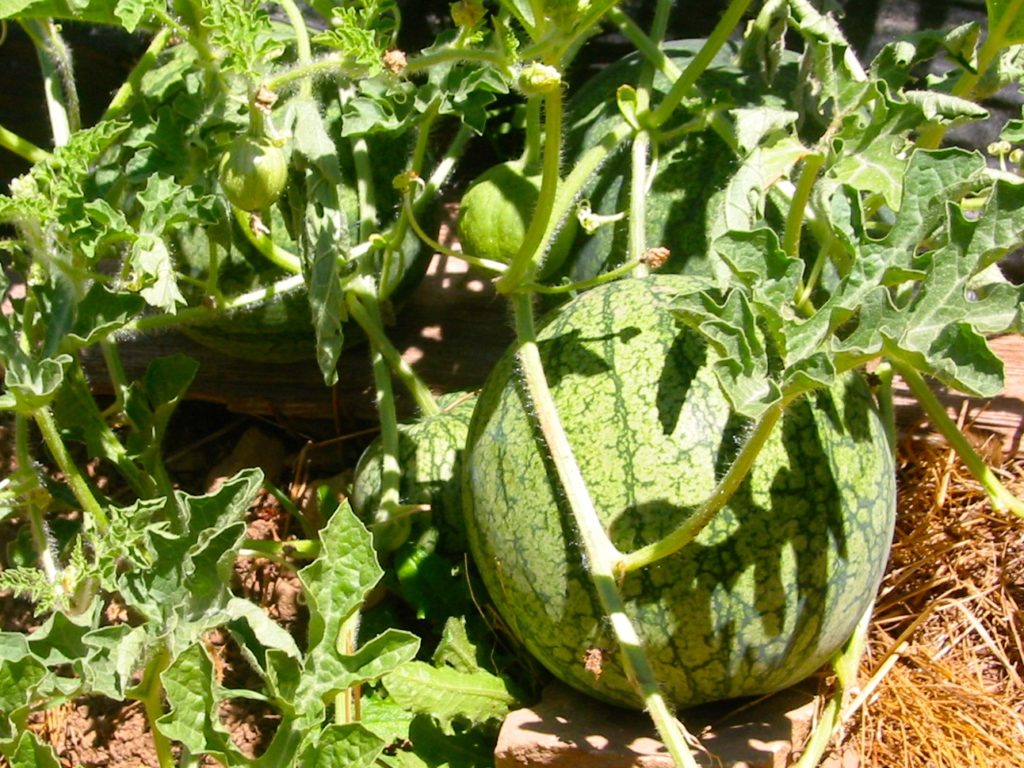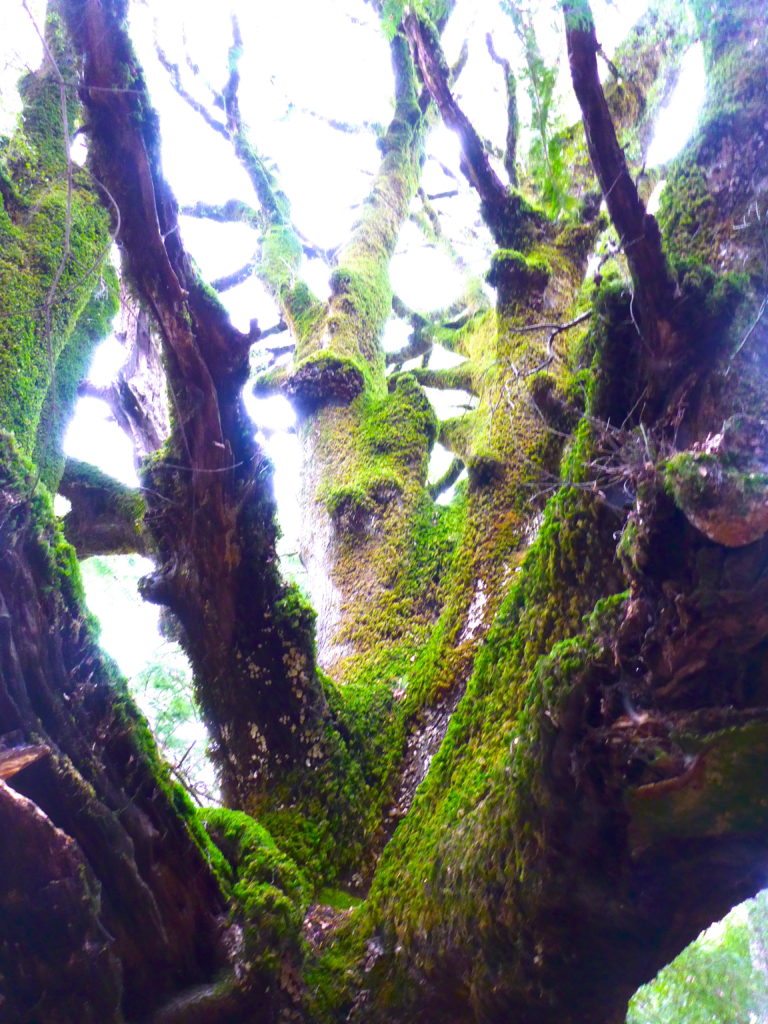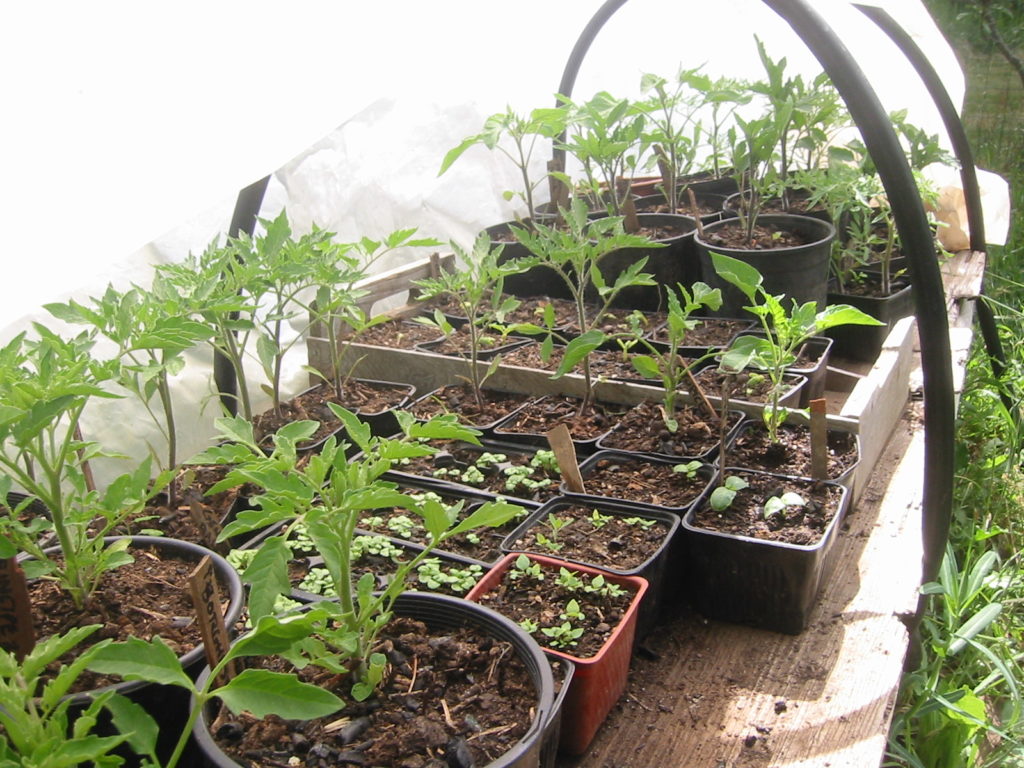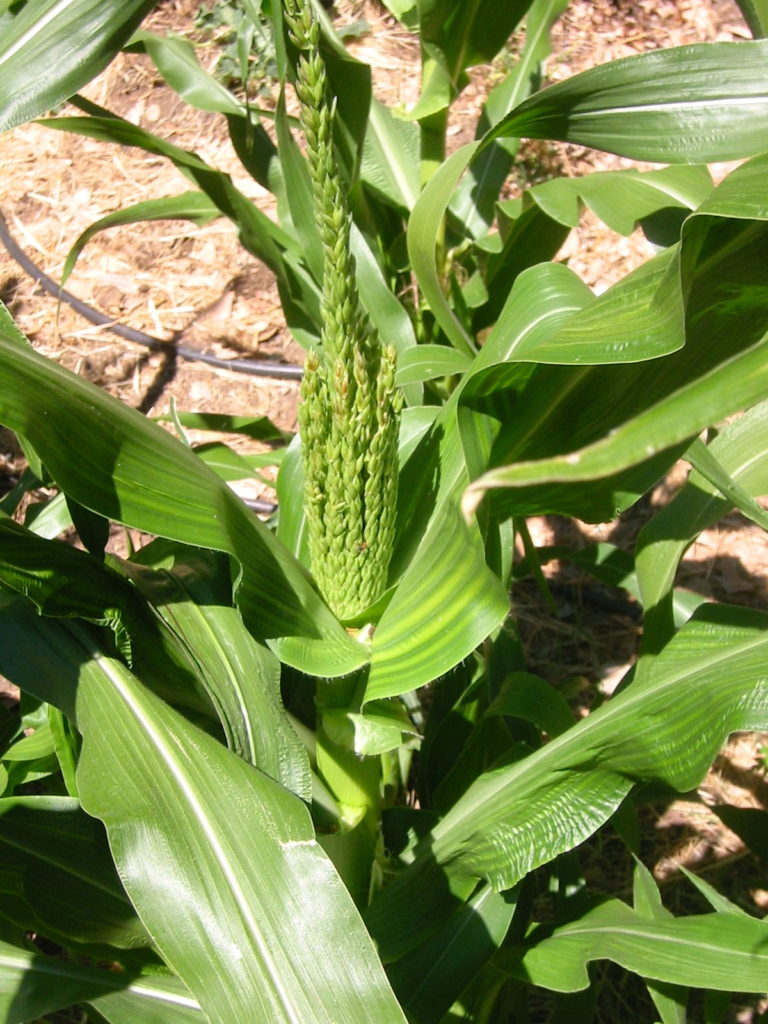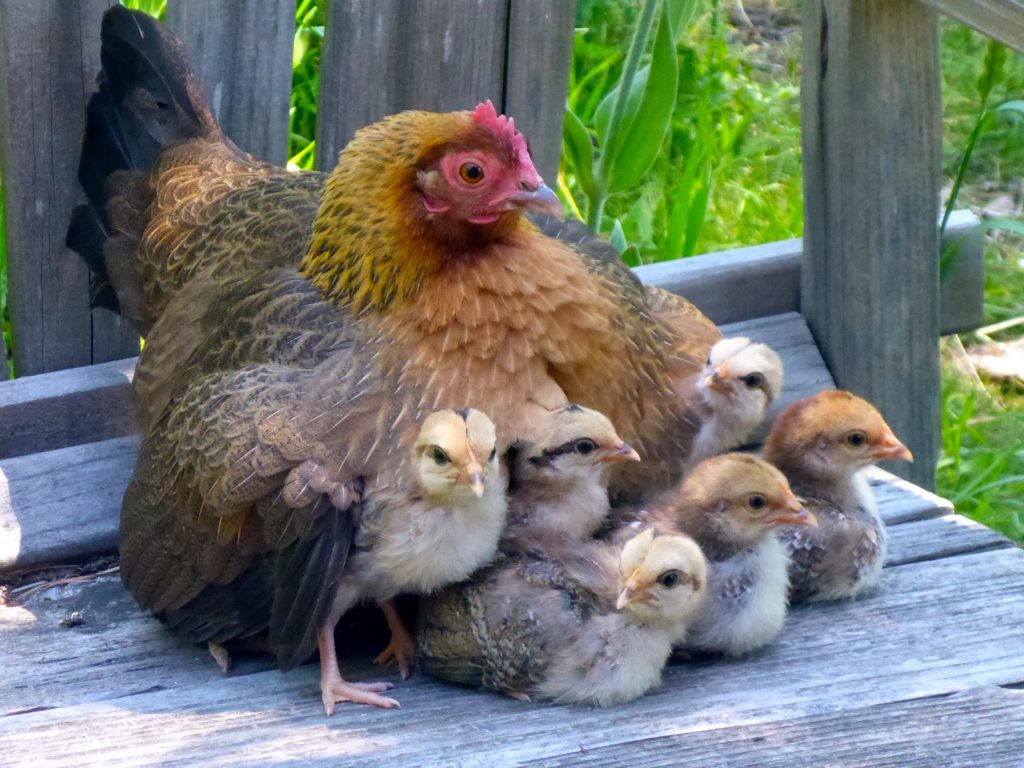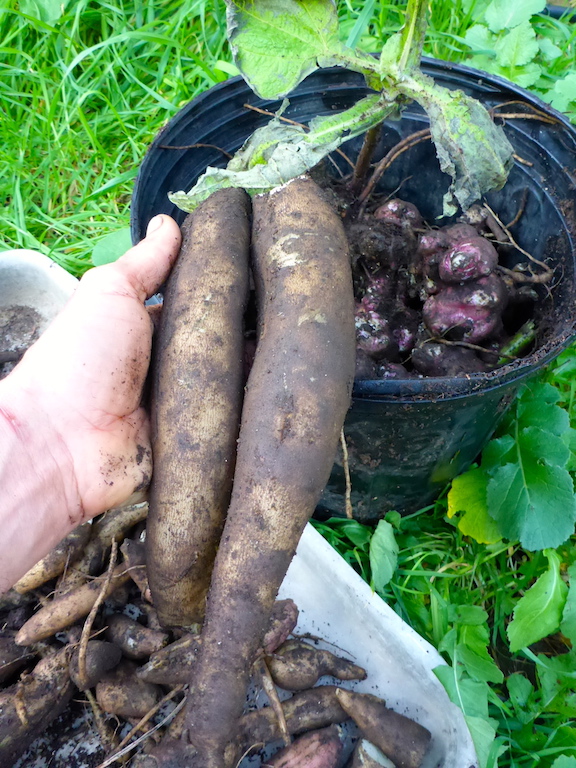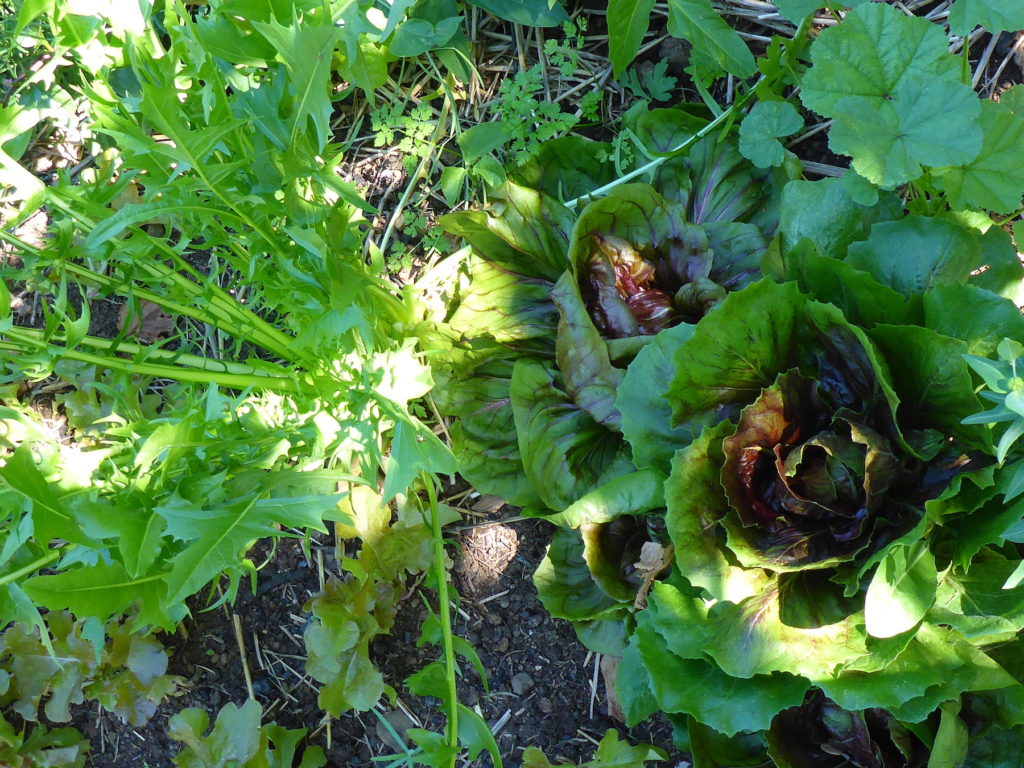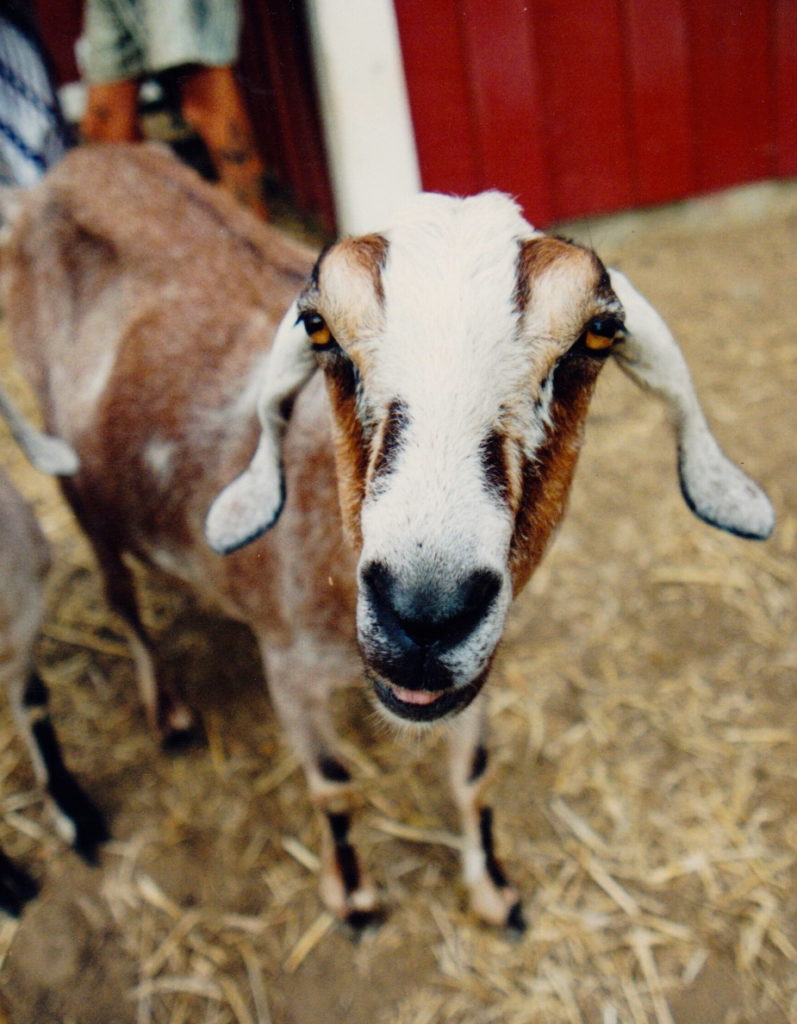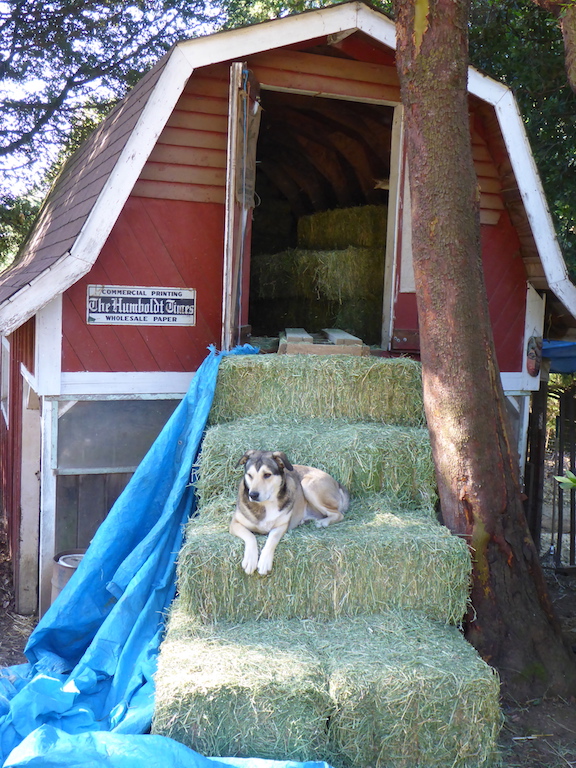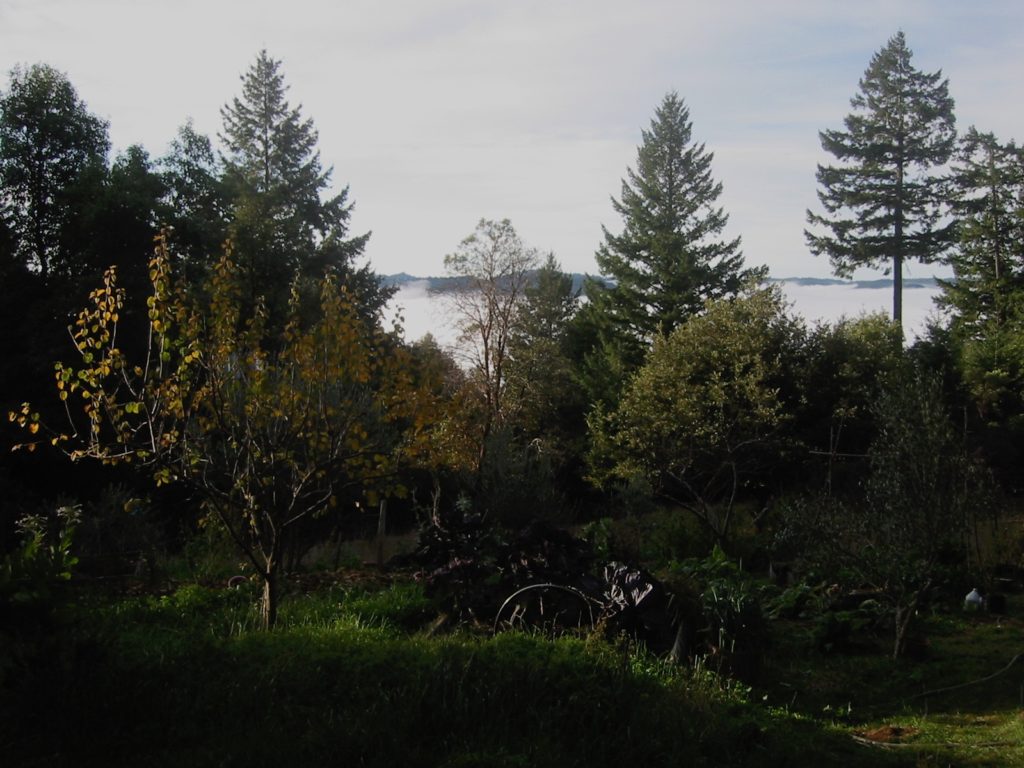
Some details… and a little disclosure:
Our land search took place in the Fall of 1988. By the time we had left San Francisco, the year before, we were doing fairly well. Our work was lucrative enough, and our lifestyle frugal enough that we were actually saving money towards our goal: actualizing an escape from urbanity.
At this pace it would have been a few years down the road – we would be a bit older, with more wear and tear of psyche & body before we were able to live our dreams. As it happens fate intervened.
Our lives for some time had navigated the narrow pass between self delusional ‘magical thinking’ and the slightly more tangible, self generated ‘intentional manifestation.’
We felt in many ways BLESSED with good fortune, and had a firm belief that life can’t be that difficult; if we tried our best to pay attention, and do the right things, at the right times, for the right reasons, surely this would lay the groundwork for continued fortune. Coupling this attitude with enthusiastic planning for the changes we desired in our lives.
Taking positive steps towards a desired outcome, and anticipating success, if nothing else, was a potent antidote to the alternatives of despair and desperation that can come so easily as we make our way in an unfair, and dysfunctional capitalist society.
Then an unanticipated event materialized uncomfortably:
AGRARIAN REFORM AMERICAN STYLE:
Back in San Francisco we had been surprised by an event that had led us to the moment when we found ourselves nodding yes, in the crisp Autumn air, on the ridge top of our dreams.
We had been living, dreaming, planning, hunkered down in our bunker of an apartment, when a telephone call came. Our building had been sold, “not to worry” said the new owner, the rents would not be going up. The new owners, woman partners, were announcing that they would to coming by to meet the tenants, collect the rent, and inspect the building.
Much to our surprise, not long after this we received an apologetic 30 day notice to evict. It was explained to us that regretfully by the new owners that they were forced to move into our building, so we would have to move!
This was a set-back for us, our rent was fairly reasonable, but the rental market was tight, and it was inevitable that we would soon be paying more rent, we were not pleased.
Over the course of the next month a couple of unsettling things happened that made us suspicious. One day a box of checks addressed to the new owners came through our mail slot- the nerve, we hadn’t even found anywhere to go yet, and it seemed they were about to move in. They wanted copies of our keys- which apparently they didn’t have. While there was a ‘demand to vacate’ in place, they called to say that they understood if this was a difficult time, and that although they were desperate to move in, if we wanted to pay the rent for the coming month, we could expect a pro-rated refund after we found a place.
By then we had homed in on a place, for twice the rent, and it must be admitted, twice the value. We were attempting to convince the newly-wed, new owner/neighbors of the two unit building that we would be their ideal tenants, despite being evicted from our previous place! We anticipated a timely move, so I let it be known that our deposit would act as our last months rent, as it was meant to, and hung up in a huff.
By that time we had learned something of the city’s strict rent control laws that limited predatory landlords, and protected tenants rights. One loop hole in that law was that if an owner “owner occupied” a building with 4 units or less, rent control was out the window and all the rents in the building could be raised. Late one night we embroidered an elaborate fantasy of their evil conspiracy to do just that, but quickly dismissed it as mere paranoia.
But, it wasn’t paranoia. After we left the building, to no ones surprise, all the rents were increased dramatically. The new tenant of our former apartment were not the buildings owners as it turned out. A former neighbor had a sister working for a small law firm as a paralegal, and she mentioned these facts in passing to an attorney. The attorney was interested, indicating that a successful lawsuit for rent control fraud was probable. We met with the attorney, and she suggested that the whole building had a good case for damages caused by their apparent conspiracy.
The attorney offered to pursue this at no cost to us, anticipating a favorable outcome, and a share of the anticipated settlement- to our shocked disbelief, in our case, she threw out the number $100,000. Our attorney was motivated, she had been in a similar situation herself previously, and knew the relevant law well.
An investigator was retained who found evidence that the landlord couple was “owner occupying” several properties simultaneously, with various mail drops through out the city, this laid the groundwork for the conspiracy charge, as more victims joined the suit. The investigation also revealed that they were very familiar with rent control law, and had manipulated the situation, a clear case of fraud. For example; as it turns out, had we done as they asked, paid rent with a pending eviction, the eviction would have been quietly voided, it would be considered a voluntary move, and any legal action on our part would be moot.
The landlords insurance company attorney filed a counter suit alleging conspiracy and fraud against all us tenants, which our attorney indicated was patently desperate and frivolous, and we shouldn’t worry. The judgement of a preliminary hearing, found the same, and we patiently awaited the next phase of the suit. Almost two years later we got a call, their insurance company was convinced and had made an offer for settlement, our lawyer told us that although we could go to trial, and probably prevail, this would take more time, cost more, and and be less certain. So we took her advice and agreed to settle for the lesser amount. Though not calculated this way, even after the lawyers fee of one third, the net effect was that we practically got a refund of the rent we paid while living in the city. Coincidentally this was nearly identical to the purchase price of the small acreage we eventually found. Our former neighbors had been paying rent into a court sanctioned escrow account during the proceedings, and also had favorable outcomes, One went on to law school on the proceeds. Feeling slightly awkward for taking this opportunity, We thanked our lucky stars. We had been taken advantage of, our rights had been abused, and the laws protecting tenants from this treatment were on our side. With a mixture of gratitude, and righteousness. We could only conclude that justice had been done.
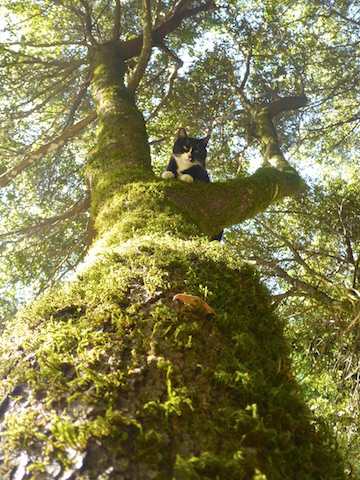
The Dream Takes Shape
The land deal went smoothly. We returned to hike the perimeter with a soon to be new neighbor/realtor and camp out. The next morning we signed the papers that made it ours, “as long is there is law and order,” my Father, present at this ceremony, added.
We began to get our ducks in a row, making plans. We began with a few trips to the land, one of which included getting to know some new neighbors as they helped us cajole AAA to come haul us out of a surprise snow fall that found us stuck half way up the road.
The project was overwhelming, as we anticipated the details. Everything, every supply and material we needed would have to be hauled up that road. We lucked out on our main road, it was a well made hard packed track, cooperatively maintained by a road association of member land owners with annual dues. Our drive way from the edge of the property to the most desirable location was much rougher. A steep old logging road with a hairpin turn. At the turn a seasonal spring had been allowed to washout the road with a deep gully. We began moving rock in our new wheel barrow, and proceeded to grade the road by hand. Back in the Bay Area we began looking for a truck to haul what we would need to homestead.
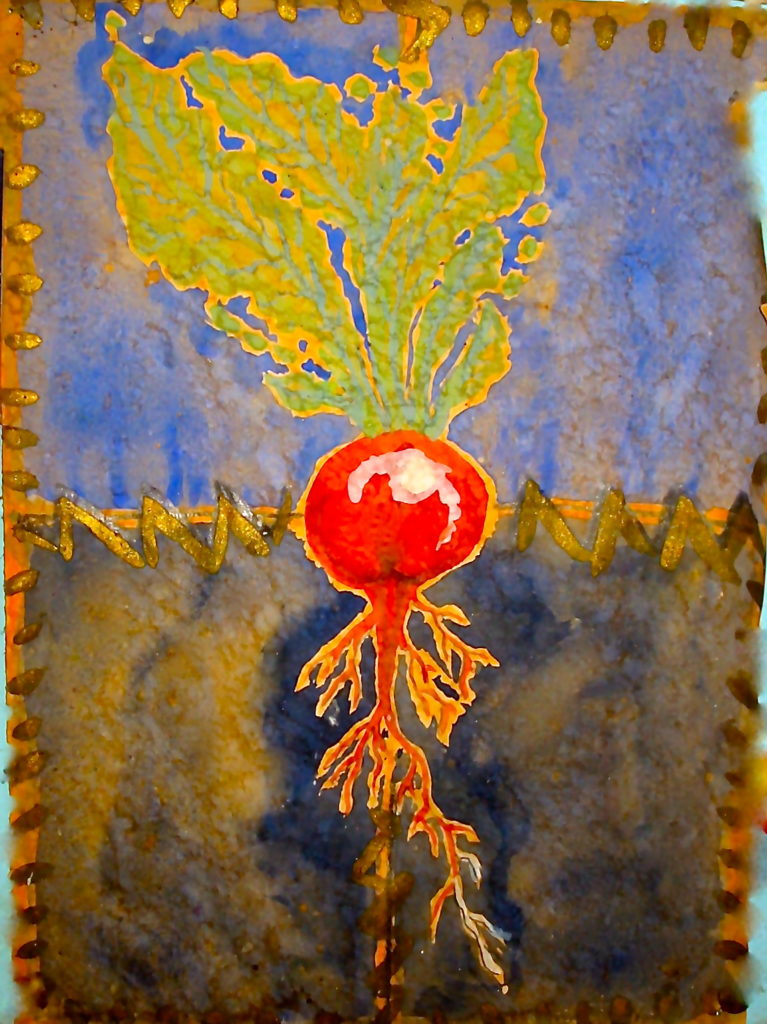
And so it began- Homesteading.
The priorities defined themselves as we began living on the land – May 1st 1989 we arrived with 2 cats and the first load of stuff.
The crudely built 16‘ x 24’ cabin made the transition much easier, and, featured a striking view across the river valley. We settled in and began working. Picking away at grading the road with hand tools, digging a hole for a privy, and building an outhouse. I had bought my first handsaw, and a box of nails, but driving nails into old weathered 2×4’s was an immediate challenge, I felt quite the rookie as I struggled through the construction of the small structure, but, a keen sense of accomplishment when it was completed. Focusing on developing a water system, we cleaned out the small concrete spring box that protected the spring we were able to establish flow high enough to fill a 5 gallon water bottle, and by hauling it up to the road, we could ferry it up with the truck and park it next to the sink in the cabin, clearly this was a system that needed some more advanced technology- see WATER for more details about our advances in water delivery.
I got the solar panel on the roof connected to the huge old battery that was in the corner of the cabin, after it was moved under the floor, and then we had a light, radio, and tapes playing off the sun! More about that @ ENERGY.
We broke ground for planting, put up a small fence and planted the vegetable seedlings we started back in Palo Alto. We got enough of a water supply going for our first season of gardening, and got to know the area, our new neighbors, some local history, and what was available where. we made lots of to-do lists, and acquired tools and supplies continuously.
We brought home some baby chickens, and I built my next structure- a chicken coop. Ending up with two hens and two roosters, the boys we discovered were mean, aggressive, and a little dangerous, we decided one had to go.
Thus began a momentous day. from the the time I woke up and sharpened the axe, till sitting down to chicken curry, the whole day had been taken up with the act of converting a live bird into dinner. At this point we had both been mostly vegetarian for years, although through our travels and work experiences had certainly dealt with and eaten meat, we simply didn’t buy any. The emotions felt with the act of killing a chicken, was a potent reminder of the moral questions around eating meat. the plucking, cleaning, and dressing of the carcass, was helpful in working through the ramifications of the act. This was the only chicken I ever killed. though through the years we have eaten several freshly recovered from bobcat kills, so that they didn’t go to waste. The surviving rooster we named ‘Lucky’ and it turned out he was a bit of a terror, rushing at us for a hard peck. over years of chicken raising, observing chicks hatched and raised naturally by their mothers, as part of a flock, I have developed the theory that aggressive roosters are those that have been raised without adult chickens present, especially the corrective pecks of mother hens, much like rogue male elephants that have been raised without adult males to model appropriate respectful, adult behavior.
